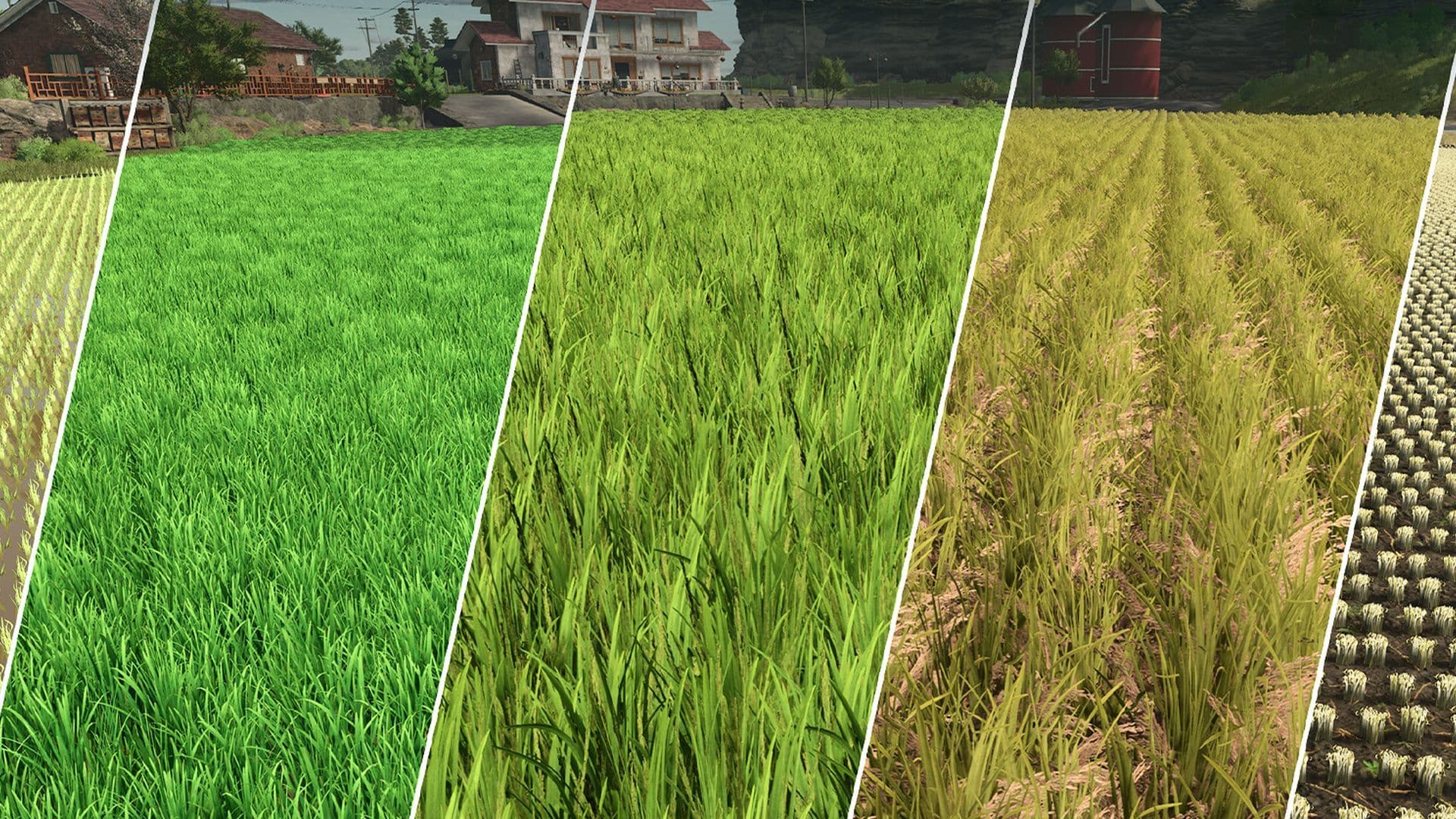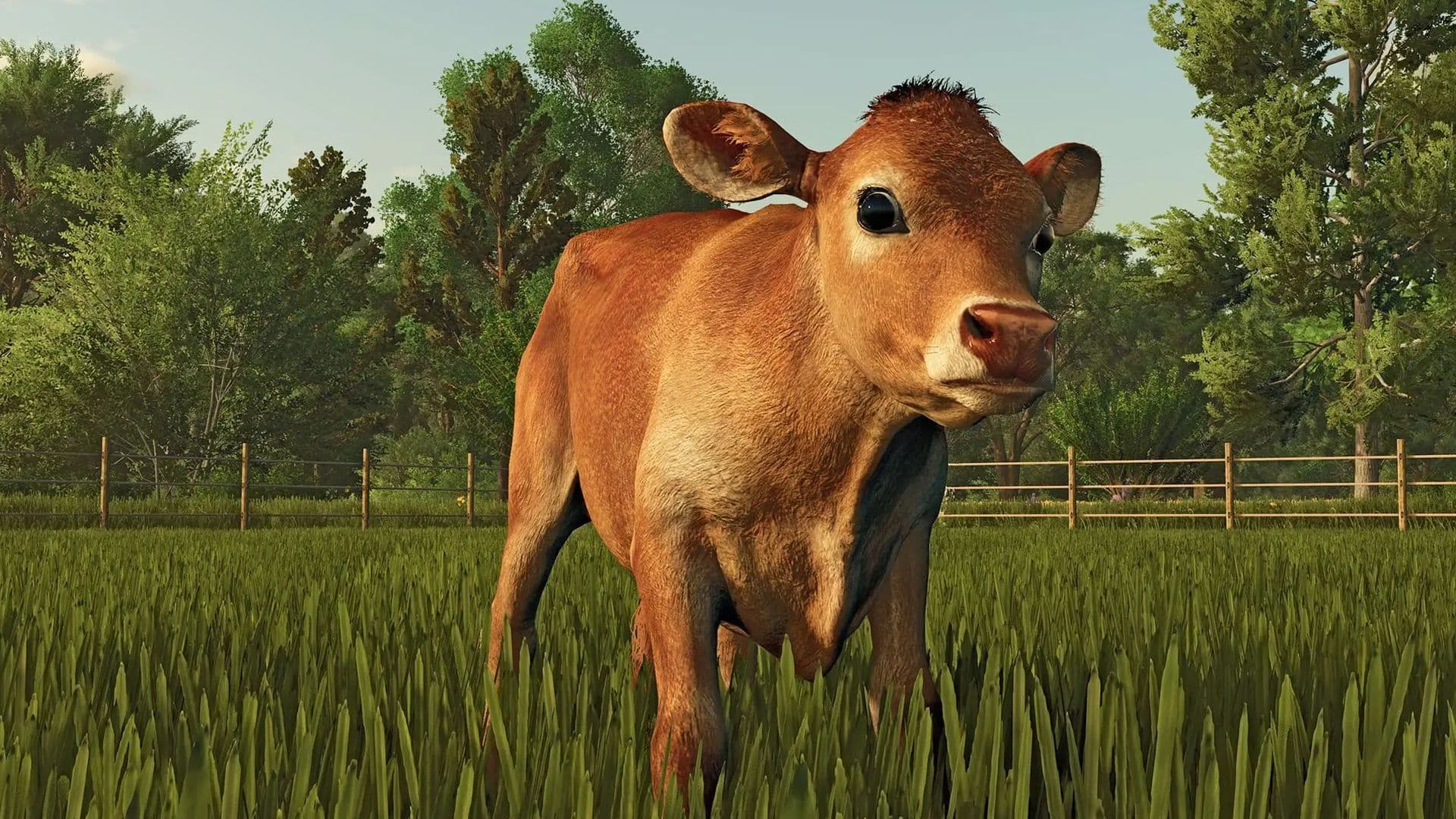Let’s walk through setting up and managing a grain flour production line in Farming Simulator 25, from field to finished product, ready for sale. This guide will cover everything from choosing the right crop to setting up production facilities and maximizing profits.
---
Step 1: Prepare and Plant Your Crops
1. Choose the Crop: For flour production, you’ll need wheat, barley, or oats. Start with wheat as it’s easy to grow and widely available.
2. Field Preparation:
- Plow or Cultivate: Use a plow or cultivator to prepare the soil for planting. Some fields may require lime or stone removal to improve yield.
- Apply Fertilizer: Boost your crop output by applying fertilizer before or after sowing.
3. Sow Your Seeds: Attach a seeder to your tractor and plant wheat. Ensure your equipment matches your field size for efficiency.
4. Monitor Growth: Use the in-game calendar to ensure crops are planted in the right season and wait for them to grow. Use herbicides to deal with weeds and reapply fertilizer if needed.
---
Step 2: Harvest Your Crops
1. Harvesting Equipment: Use a harvester with a grain header to cut and collect your wheat. Make sure the harvester is regularly maintained to avoid breakdowns.
2. Transport: Transfer the harvested wheat into a trailer and take it to your silo or production facility.
---
Step 3: Set Up the Flour Mill
1. Purchase or Lease a Flour Mill:
- If you don’t already own one, purchase a flour mill from the Production Chain menu. It will convert your wheat into flour for a fee.
- Alternatively, place your own production building using the Construction menu for more control over operations.
2. Deliver Wheat to the Mill: Use your trailer to transport the wheat to the mill’s unloading point. Once delivered, the wheat will automatically begin processing into flour.
---
Step 4: Manage Production
1. Activate Production: In the Production Chains menu, select your flour mill and ensure the production is active. You can adjust priorities if the mill processes multiple crop types.
2. Monitor Output: Keep an eye on your mill’s storage space to avoid bottlenecks. Flour will be stored in pallets, which can be picked up once they’re full.
---
Step 5: Store or Sell the Flour
1. Storage Options:
- Use a warehouse or your farmyard to store flour pallets until market prices are favorable.
- The in-game price fluctuation chart helps determine the best time to sell. Generally, prices peak in late winter or early spring.
2. Transport for Sale:
- Use a pallet fork or flatbed trailer to load flour pallets for transport. Many markets, such as the bakery or general store, accept flour.
- Drive carefully to avoid losing pallets during transport.
---
Step 6: Selling Your Flour
1. Choose the Best Buyer: Check the in-game market menu to see which location offers the highest price for flour.
2. Sell Your Goods: Deliver the flour to the buyer’s unloading area. Once offloaded, the sale amount will be credited to your account instantly.
---
Step 7: Optimize for Profit
1. Expand Operations: Over time, consider growing larger fields, adding irrigation, or investing in upgraded equipment to increase efficiency.
2. Diversify Production: Grow barley or oats to add variety to your flour production or branch into producing bread by delivering flour to a bakery.
3. Monitor Costs: Keep track of production expenses like fuel, labor, and repair costs to ensure profitability.
---
By following these steps, you’ll have a well-oiled grain flour production line, turning crops into high-value products and maximizing your farm’s revenue. Happy farming! 🚜












